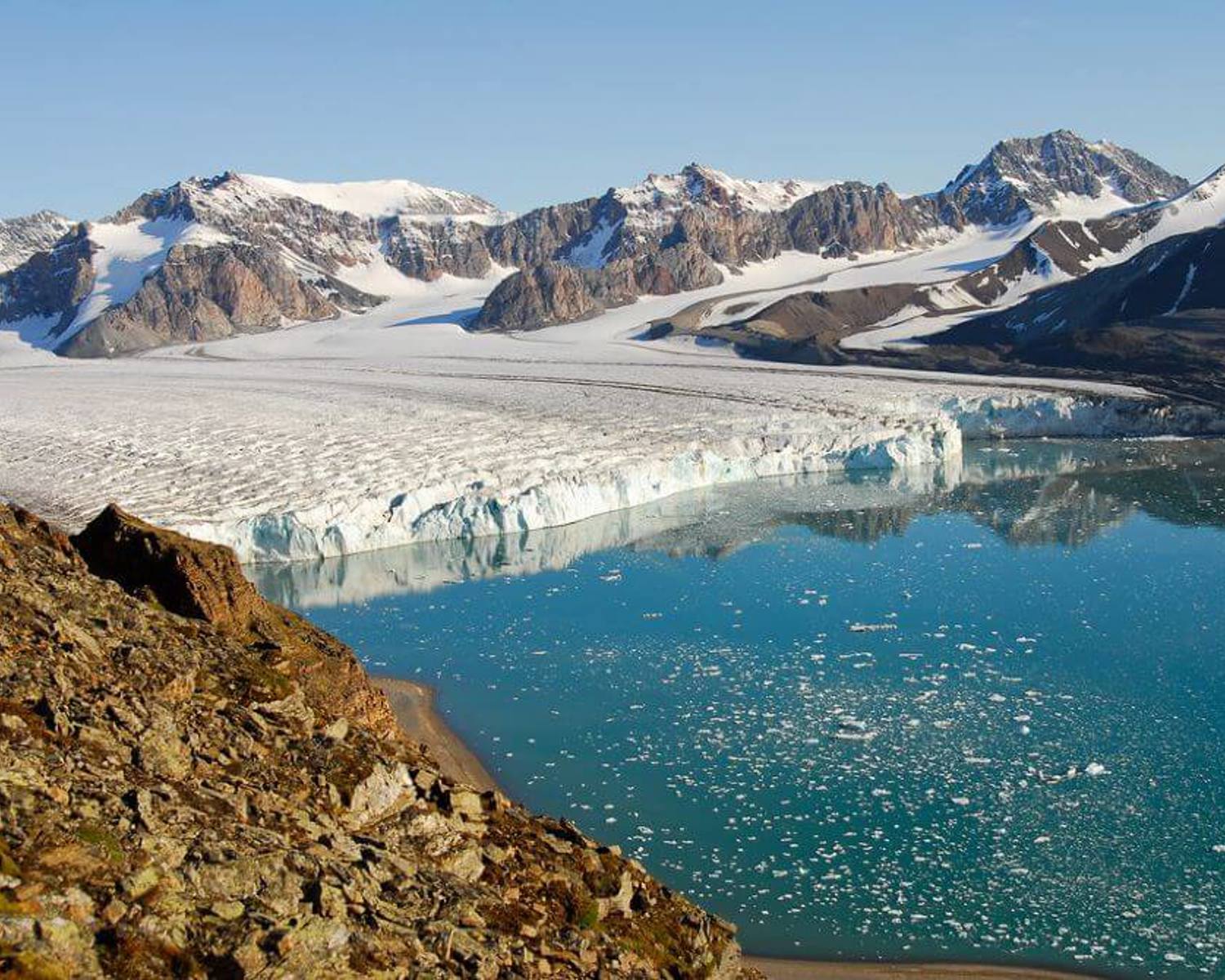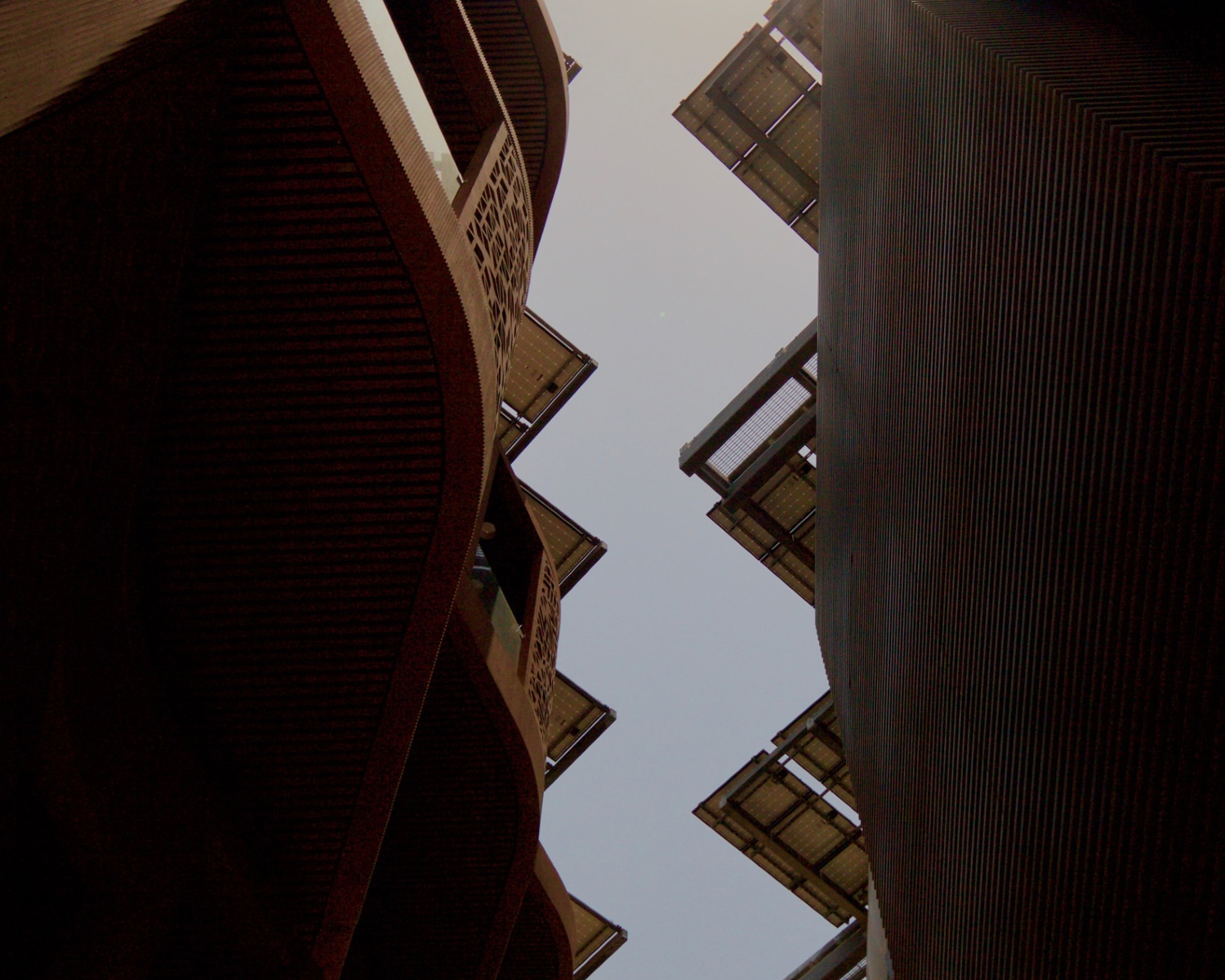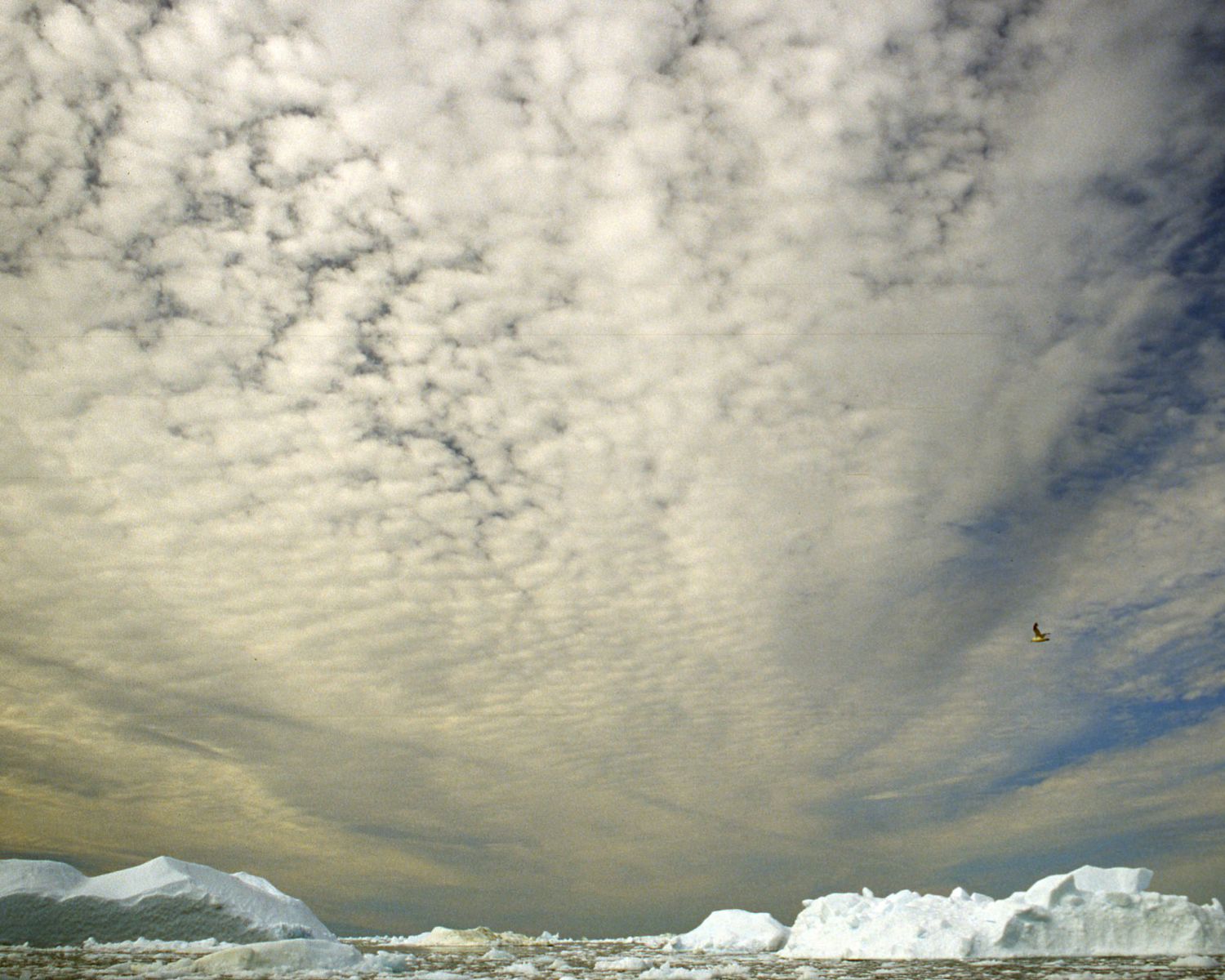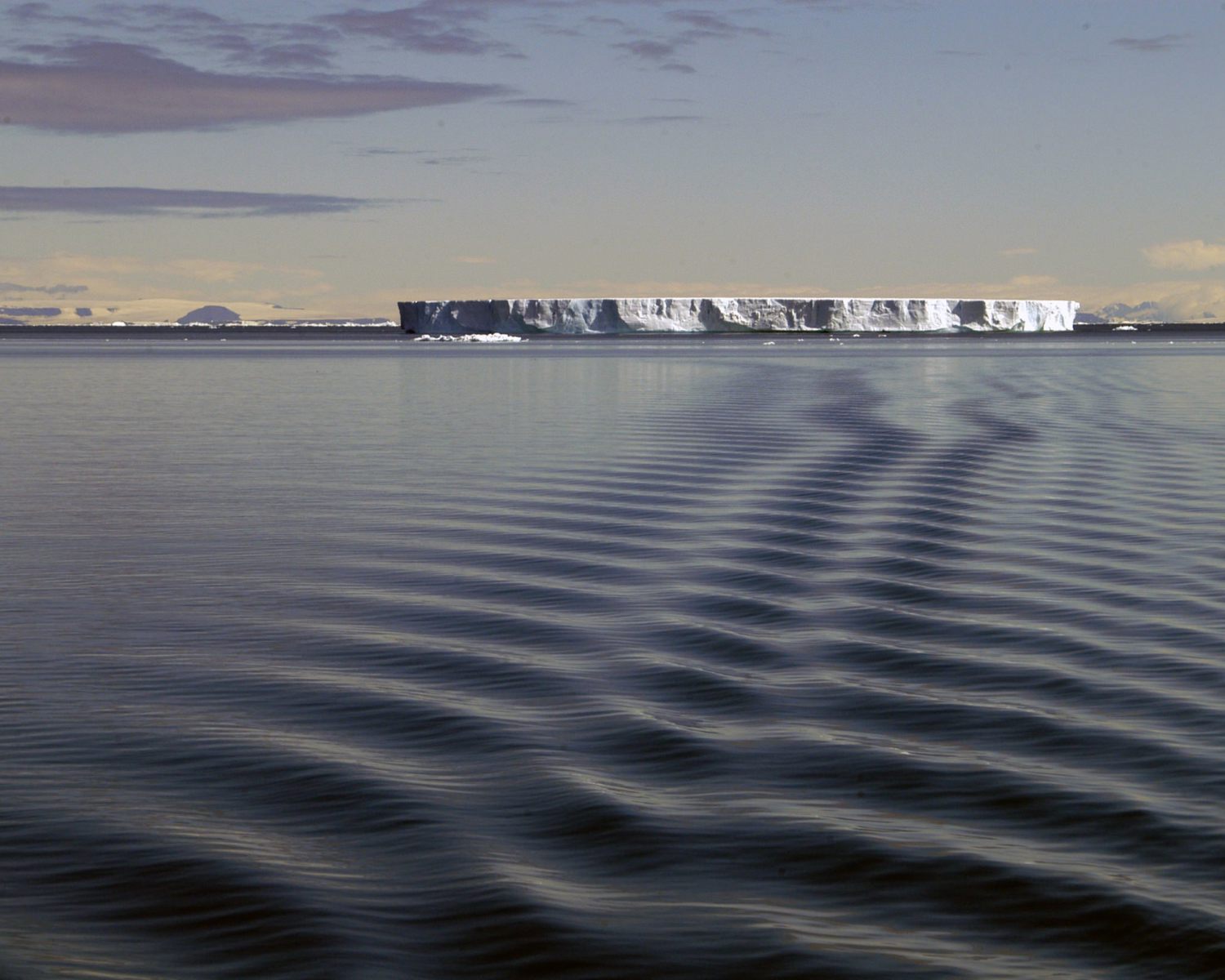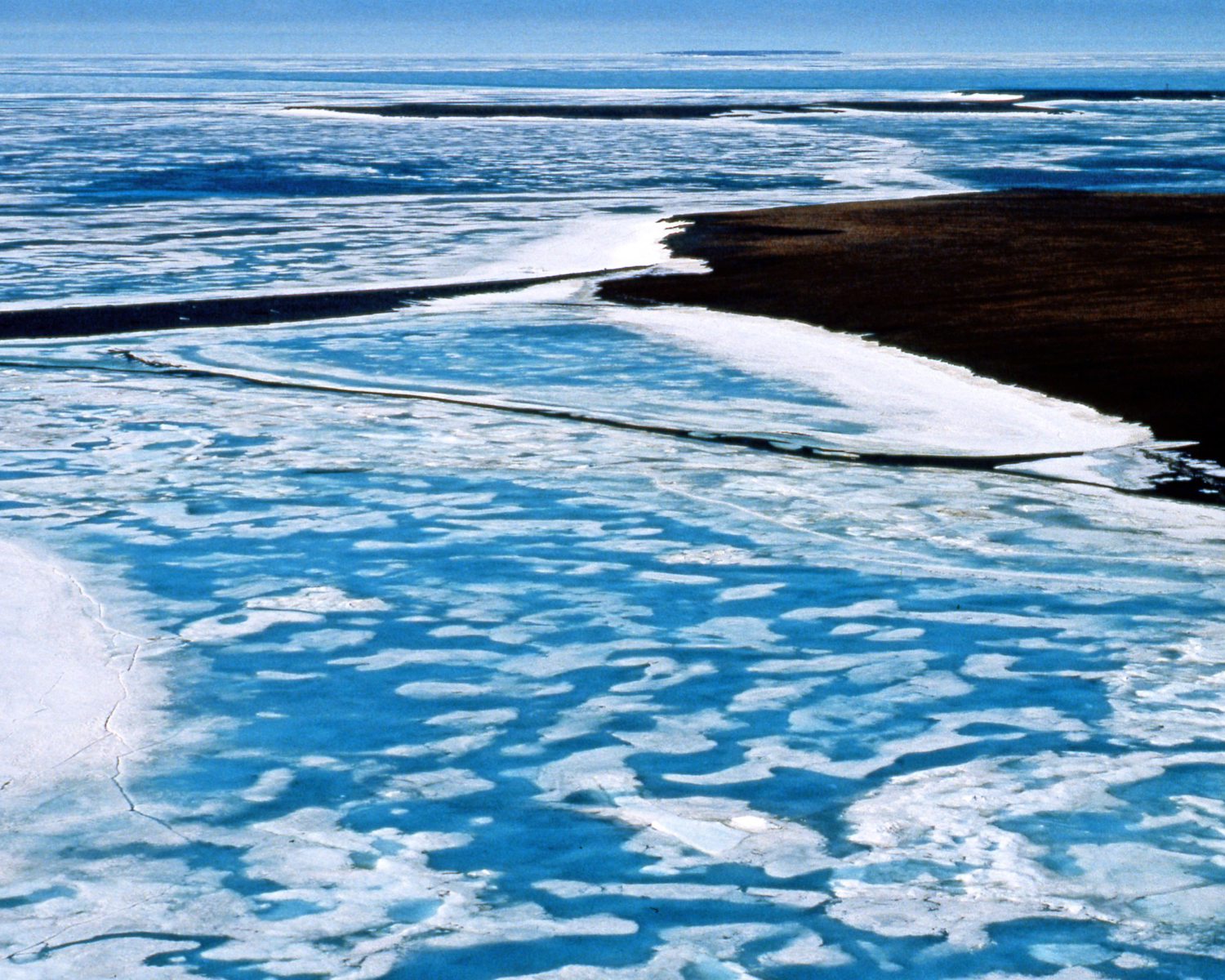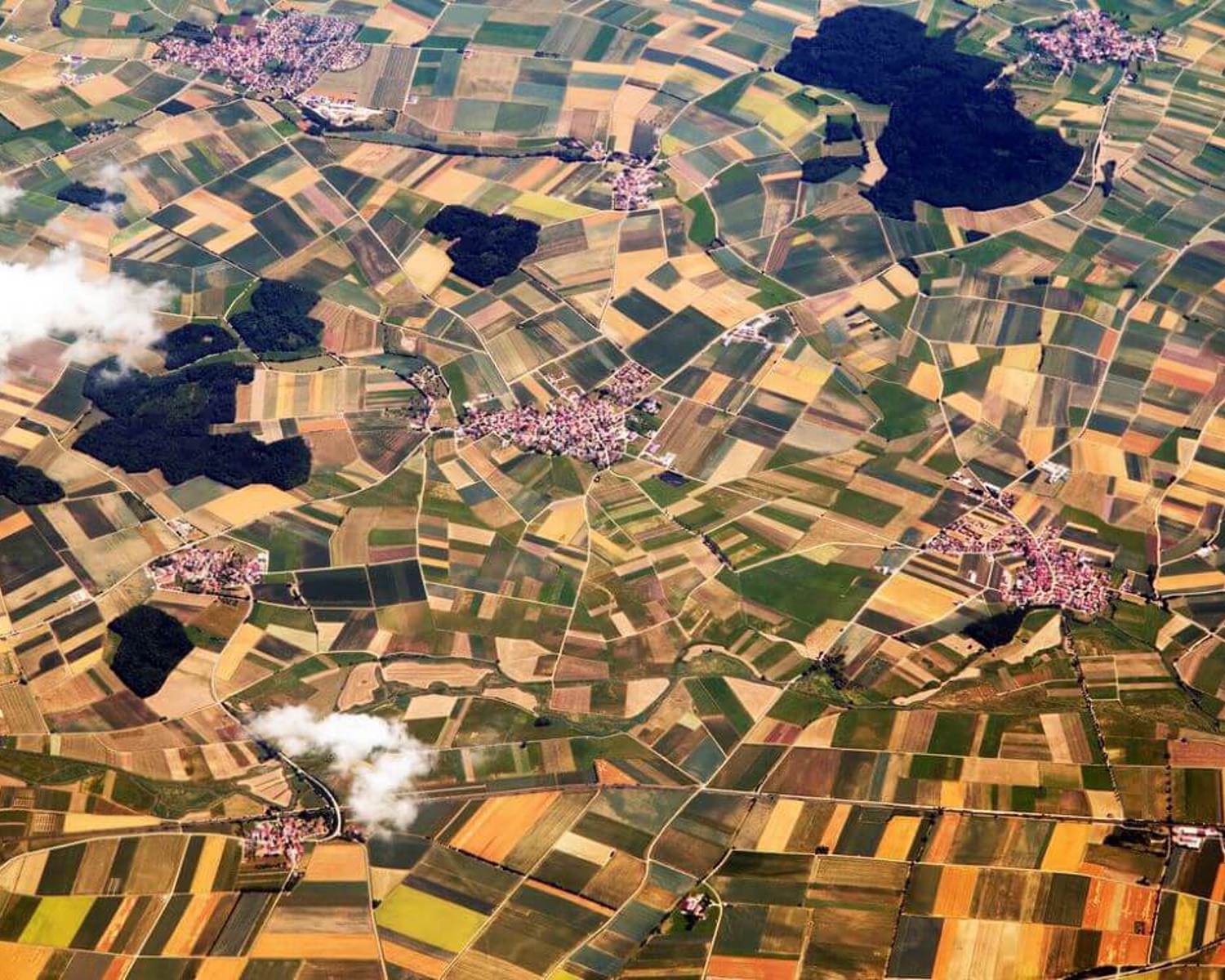Increasing glacier thickness by local artificial snow production
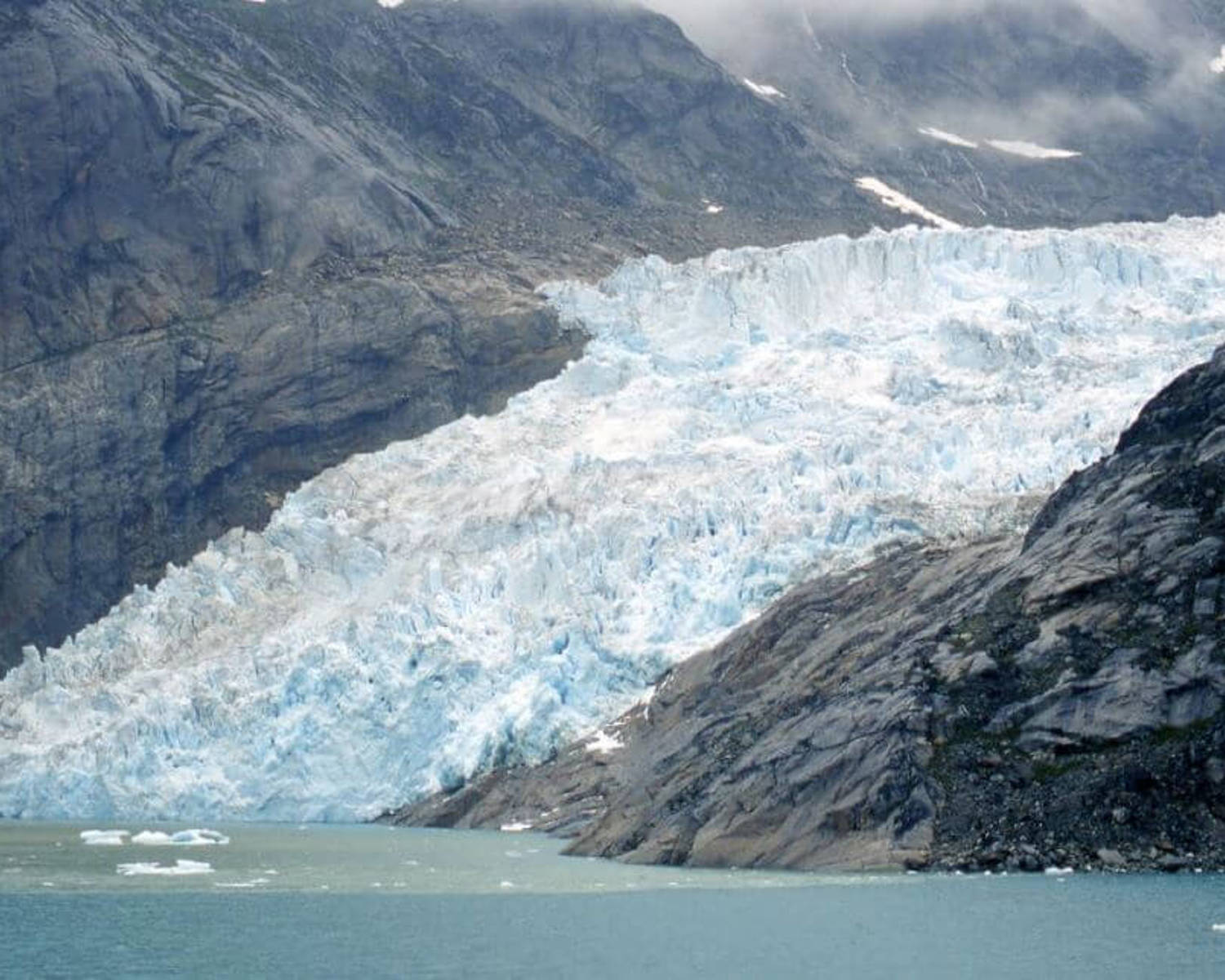
There is a suggestion to use localized surface technologies to create artificial snow cover on mountain glaciers Oerlemans et al. (2017).
Financed by a Swiss grant, there are currently ongoing experiments to explore the feasibility of other such technologies on the Swiss Morteratsch glacier (see MortAlive, Glaciers Alive, and Cover Project Foundation).
Analysis overview

Technological Readiness Level (TRL)
Medium 2
Due to reduced amounts of snowfall, many of the world’s ski resorts are already heavily reliant on artificial snow (Gerbaux et al. 2020; Joksimović 2021). Amongst several snow producing methods, snow cannons are the most common. This is effective on a local scale (Fischer et al. 2016), although it requires large amounts of energy and water. Alternatively, less wealthy ski areas sometimes resort to so-called snow farming, in which previously fallen snow is stored and redistributed when needed (Wolfsperger et al. 2019). The MortAlive project seeks to use technologies that do not require external energy sources or water from a glacial lake. They collaborate with several Swiss commercial companies in this endeavour.
Technological Readiness Level (TRL)
A technology with a TRL of 4-6: TRL 4 – validated in lab; TRL 5 – validated in relevant environment; TRL 6 – demonstrated in relevant environment

Scalability
Low 1
As with other mountain glacier stabilization techniques (see, for example, Huss et al. 2021; and Stabilizing glaciers by cloud seeding), the technical requirements - especially the cost - make such technologies relevant only for particularly valuable glaciers and not feasibly scalable.
Scalability
Physically unable to scale; sub-linear/logarithmic efficiency of scalability

Timeliness for near-future effects
High 3
Snowmaking technology already exists and ongoing experiments, like the one on Morteratsch, will likely provide clear answers on how to best employ it.
Timeliness for near-future effects
Implemented in time to make a significant difference

Northern + Arctic potential
Low 1
The technology might be applied to help slow the melt of particularly valued glaciers, but due to technical requirements - especially the cost - such technologies would only be deployable on particularly valuable glaciers, if at all.
Northern + Arctic potential
No noticeable extra positive effect beyond the global average; technology is unsuited to the Arctic

Global potential
Low 1
Mountain glaciers store enough water to cause about 50-60 cm of global sea level rise. However, given the described uncertainties around effectiveness and difficulties with scalability, increasing glacier mass would likely not have a significant global impact.
Global potential
Insignificant to be detected at a global scale

Cost - benefit
Prohibitive 1
Abermann et al. (2022) clearly show that most glacier stabilization techniques are far too costly for almost all of the world's glaciers, even the most visited ones.
Cost - benefit
Cost of investment comparable to cost of avoided damage

Environmental risks
Low risk 3
Such measures are already commonplace in ski resorts which generally have strong incentives to avoid damage and are under close scrutiny. The projects named above emphasize their use of technologies that do not require external water and energy sources, potentially preventing negative environmental side effects.
Environmental risks
Very limited, site-specific effects restricted to the solution deployment location only

Community impacts
Beneficial 3
Community impacts
Significant benefits to communities

Ease of reversibility
Medium 2
Ease of reversibility
Possible with significant investment

Risk of termination shock
Low risk 3
Risk of termination shock
Low or insignificant termination shock or damage

Legality/governance
Possible 3
Legality/governance
Currently legal to deploy, with governance structures in place to facilitate it and/or financial incentives to develop it

Scientific/media attention
Medium 2
Scientific/media attention
Some attention within the scientific community, including published research and funding programmes; some media attention; some commercial interest
References
Abermann, J., Theurl, M., Frei, E., Hynek, B., Schöner, W., & Steininger, K. W. (2022). Too expensive to keep—bidding farewell to an iconic mountain glacier?. Regional Environmental Change. 22(2): 51. https://doi.org/10.1007/s10113-022-01912-4
Fischer, A., Helfricht, K., & Stocker-Waldhuber, M. (2016). Local reduction of decadal glacier thickness loss through mass balance management in ski resorts. The Cryosphere, 10(6), 2941-2952. https://doi.org/10.5194/tc-10-2941-2016
Gerbaux, M., Spandre, P., François, H., George, E., & Morin, S. (2020). Snow reliability and water availability for snowmaking in the ski resorts of the Isere departement (French Alps), under current and future climate conditions. Journal of Alpine Research| Revue de géographie alpine, (108-1). https://doi.org/10.4000/rga.6742
Huss, M., Schwyn, U., Bauder, A., & Farinotti, D. (2021). Quantifying the overall effect of artificial glacier melt reduction in Switzerland, 2005–2019. Cold Regions Science and Technology, 184, 103237. https://doi.org/10.1016/j.coldregions.2021.103237
Joksimović, M., Gajić, M., Vujadinović, S., Milenković, J., & Malinić, V. (2021). Artificial snowmaking: Winter sports between state-owned company policy and tourist demand. Journal of Hospitality & Tourism Research, 45(7), 1170-1187. https://doi.org/10.1177/1096348020957072
Oerlemans, J., Haag, M., & Keller, F. (2017). Slowing down the retreat of the Morteratsch glacier, Switzerland, by artificially produced summer snow: a feasibility study. Climatic Change, 145(1-2), 189-203. https://doi.org/10.1007/s10584-017-2102-1
Rounce, D. R., Hock, R., Maussion, F., Hugonnet, R., Kochtitzky, W., Huss, M., ... & McNabb, R. W. (2023). Global glacier change in the 21st century: Every increase in temperature matters. Science, 379(6627), 78-83. https://doi.org/10.1126/science.abo1324
Wolfsperger, F., Rhyner, H., & Schneebeli, M. (2019). Slope preparation and grooming. A handbook for practitioners.WSL Institute of Snow and Avalanche Research SLF. ISBN: 978-3-905621-59-4. 232pp.

